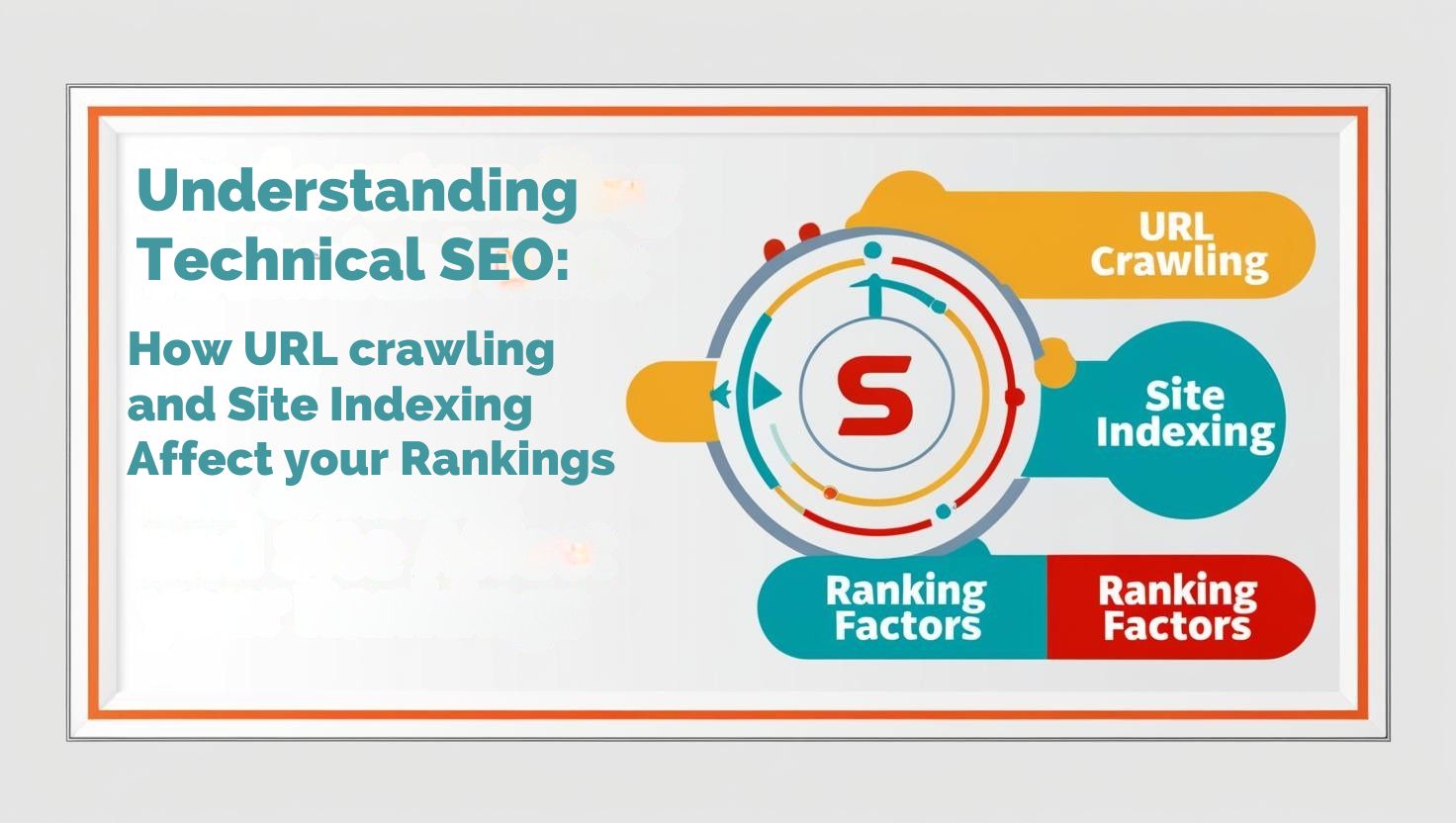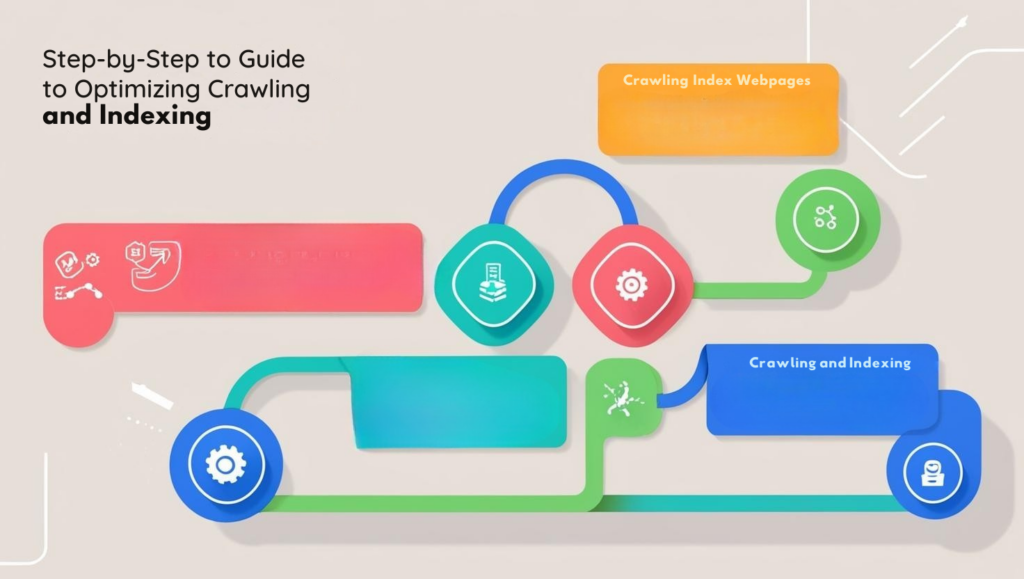Understanding Technical SEO: How URL Crawling and Site Indexing Affect Your Rankings

If you’ve ever published great content but still struggled to rank on Google, the culprit might be Technical SEO—specifically, issues with URL crawling and site indexing.
Search engines need to discover (crawl) and store (index) your pages before they can rank them. If this process fails, your content becomes invisible to potential visitors—no matter how well-optimized it is.
This guide will explain:
✔ How search engines crawl and index websites
✔ Common technical issues that hurt your rankings
✔ Actionable fixes to improve visibility
✔ Tools like Bulk URL Opener to diagnose problems
Let’s dive into the technical foundations of SEO success.
1. URL Crawling: How Search Engines Discover Your Content
What Is Crawling?
Crawling is when search engine bots (like Googlebot) scan the internet by following links to find new and updated web pages.
How the Crawling Process Works
- Googlebot starts with known pages (your homepage, sitemap, or backlinked pages)
- It follows internal links to discover deeper content
- The bot analyzes page structure, speed, and relevance
Key Factors Affecting Crawlability
| Factor | Why It Matters |
|---|---|
| Site Speed | Slow pages get crawled less frequently |
| Internal Linking | Poor structure leaves pages undiscovered |
| Robots.txt | Misconfigurations can block crawlers |
| Server Errors | 404s and 500s waste crawl budget |
2. Site Indexing: Getting Your Pages into Google’s Database
What Is Indexing?
Indexing occurs when Google adds a crawled page to its searchable index. Without this step, your pages cannot rank.
Why Pages Don’t Get Indexed
- Noindex tags (accidentally blocking pages)
- Duplicate content (Google ignores copies)
- Low-quality content (thin or spammy pages)
- Crawl errors (broken links, server issues)
How to Check Index Status
- Google Search Console → “Coverage Report”
- Search
site:yourdomain.comon Google - Use tools like Ahrefs or SEMrush
🔹 Case Study: An e-commerce site fixed indexing errors and saw 62% more organic traffic in 3 months (Search Engine Journal).
3. The Direct Impact on SEO Rankings
How Crawling Affects Rankings
- More efficient crawling → More pages discovered → More ranking opportunities
- Poor site architecture → Important pages get missed → Lost traffic
How Indexing Affects Rankings
- Unindexed pages cannot rank at all
- Slow indexing means delayed rankings for new content
Mobile-First Indexing Considerations
Google primarily crawls and indexes the mobile version of your site. If your mobile experience is poor:
✔ Fewer pages get indexed
✔ Rankings drop across devices
4. Step-by-Step Fixes to Optimize Crawling & Indexing

✅ Improve Crawl Efficiency
- Fix broken links with redirects (301 for permanent, 302 for temporary)
- Simplify site architecture (shallow, logical structure)
- Submit an XML sitemap to Google Search Console
✅ Ensure Proper Indexing
- Remove accidental
noindextags from important pages - Use canonical tags to manage duplicate content
- Add high-quality internal links to key pages
✅ Technical Health Checks
- Audit your site with Bulk URL Opener to test page accessibility
- Monitor Core Web Vitals (speed impacts crawl budget)
- Check for render-blocking JavaScript
5. Essential Technical SEO Tools
| Tool | Purpose | Best For |
|---|---|---|
| Google Search Console | Crawl errors, indexing status | All websites |
| Bulk URL Opener | Quickly test multiple URLs | Diagnosing accessibility issues |
| Screaming Frog | Site structure analysis | Technical audits |
| Ahrefs/SEMrush | Index coverage tracking | Enterprise SEO |
Conclusion: Master the Technical Foundations
Technical SEO isn’t optional—it’s the backbone of search visibility. By ensuring Google can properly crawl and index your site, you:
✔ Unlock more ranking opportunities
✔ Prevent traffic leaks from technical errors
✔ Build a sustainable SEO strategy
Next Steps
- Run a crawl audit using Bulk URL Opener
- Check Google Search Console for indexing errors
- Optimize internal linking and site speed
Need help? Bookmark this guide or share it with your developer to start fixing issues today